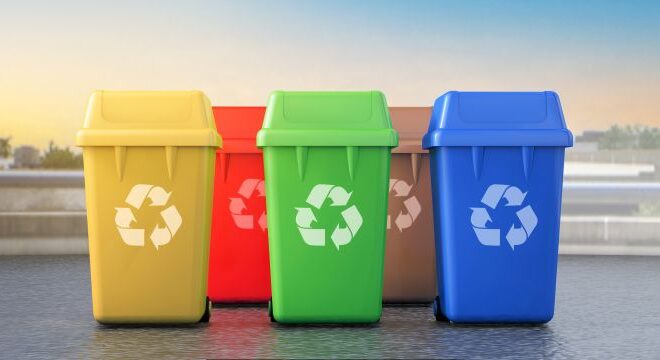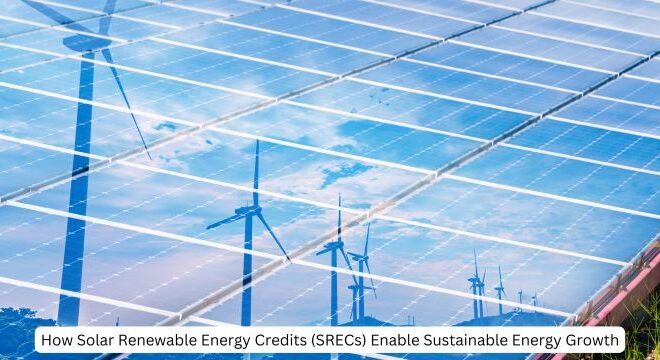
The Benefits and Process of Biodisintegration for a Sustainable Future
Key Takeaways
- Learn the concept of biodisintegration and its importance.
- Explore the environmental and economic benefits.
- Understand the biodisintegration process.
- Discover real-world applications and emerging trends.
What Is Biodisintegration?
Biodisintegration refers to the biological breakdown of materials into natural elements through the action of microorganisms like bacteria and fungi. Unlike traditional waste disposal methods, such as incineration or landfilling, biodisintegration ensures that waste is processed in an eco-friendly manner, transforming it into substances that can safely re-enter the environment. It’s an essential practice in modern waste management, emphasizing sustainability and environmental protection. This natural breakdown process helps mitigate the adverse effects of waste disposal on our planet. One critical aspect of biodisintegration is flushability testing. This process ensures that materials degrade efficiently without clogging sewer systems or causing environmental harm. The need for such testing underscores the importance of making sure products are suitable for biodisintegration, facilitating a smoother waste management process, and protecting our infrastructure.
Environmental Benefits of Biodisintegration
Biodisintegration significantly reduces the need for landfills, which are major contributors to environmental degradation and pollution. Traditional waste disposal methods often lead to overflowing landfills, which leach harmful chemicals into the soil and groundwater. By diverting waste away from these sites, biodisintegration helps mitigate these risks, preserving natural habitats and promoting a healthier environment.
Additionally, the procedure reduces greenhouse gas emissions, particularly those of methane, a significant contributor to global warming. Methane is produced in considerable amounts from decomposing organic waste in landfills. By managing waste through biodisintegration, which promotes aerobic decomposition (a process that doesn’t produce methane), we can effectively reduce these harmful emissions.
Additionally, materials undergoing biodisintegration eventually return to the earth, enriching the soil with organic matter and nutrients. This natural cycle supports conservation efforts by reducing the need for synthetic fertilizers, which are often energy-intensive to produce and can cause environmental harm. For more insights on waste reduction practices, you can visit the EPA’s Guide on Waste Reduction.
Economic Advantages
Beyond its environmental impact, biodisintegration offers several economic benefits. It is frequently more cost-effective than conventional waste disposal methods, which often require expensive infrastructure and long-term maintenance. By integrating biodisintegration processes, businesses can streamline their operations and reduce waste management costs over time. These savings can then be reinvested into other sustainable practices or operational improvements.
The shift towards sustainable practices also creates job opportunities in green industries. From researchers developing new technologies and methods to workers operating and maintaining biodisintegration facilities, this field is ripe with possibilities for economic growth. Sustainable waste management careers offer financial benefits and meaningful work that contributes to environmental stewardship.
Moreover, businesses adopting biodisintegration can enhance their brand reputation, attracting eco-conscious consumers and investors. For an overview of the economic impacts in the waste management sector, refer to the Global Waste Management Market Report.
The Biodisintegration Process Explained
Initial Steps: Collection and Sorting
The journey begins with collecting biodegradable waste, which is then meticulously sorted to remove any non-biodegradable contaminants. This step is crucial for ensuring the efficiency and effectiveness of the biodisintegration process. Proper sorting not only enhances the quality of the end product but also prevents potential issues during the decomposition stages. Wastes that are suitable for biodisintegration include food scraps, yard waste, and certain types of biodegradable plastics.
Main Stages: Biological Activities and Decomposition
Once sorted, the waste is subjected to biological activities involving microorganisms such as bacteria, fungi, and other decomposers. These microbes use organic matter’s inherent mechanisms to break it down, converting it into simpler substances like water, carbon dioxide, and nutrient-rich compost. This stage can be optimized by controlling environmental conditions such as temperature, moisture, and aeration to accelerate decomposition and enhance the quality of the resulting material.
Final Steps: Quality Control and Usage of By-Products
After decomposition, the resulting material undergoes rigorous quality control to ensure it meets regulatory standards and is free from harmful pathogens or contaminants. The by-products, which are often nutrient-rich, can be used as compost or biofertilizers in agriculture, gardening, and landscaping, further integrating into the natural ecosystem sustainably. This closed-loop system reduces waste and contributes to soil health and productivity, promoting a circular economy.
Real-World Applications
Biodisintegration finds applications across numerous sectors, demonstrating its versatility and effectiveness. In agriculture, for example, it’s used to convert organic waste into valuable compost, enhancing soil fertility and reducing the need for chemical fertilizers. This practice supports sustainable farming and promotes healthier crop production.
Manufacturing industries are also adopting biodisintegration to manage their waste responsibly and sustainably. For instance, companies producing biodegradable packaging materials leverage biodisintegration to minimize their environmental footprint. Restaurants and food processing facilities can convert their organic waste into compost, effectively reducing waste disposal costs and supporting local agricultural initiatives.
Various success stories highlight these benefits, such as companies reducing their waste disposal costs or communities achieving zero waste milestones. These real-world examples demonstrate the efficacy and potential of biodisintegration processes, inspiring others to adopt similar practices.
Emerging Trends and Innovations
As technology advances, so do the methods and efficiency of biodisintegration. Innovations such as bioengineered microorganisms, advanced sorting systems, and enhanced decomposition techniques are reshaping the field. For example, scientists are developing specialized bacteria strains that can break down complex plastics more efficiently, accelerating the biodisintegration process.
Furthermore, continuous research and development aim to make biodisintegration even more efficient and scalable. Innovations in composting technologies and microbial treatments are improving decomposition rates and expanding the range of materials that can be processed. Additionally, integrated systems that combine biodisintegration with renewable energy generation are emerging, further enhancing sustainability.
These developments promise to significantly advance our capabilities in sustainable waste management, providing new solutions to global waste challenges. Policy support and increased investment in research can drive further innovations, opening new frontiers in biodisintegration technology.
Challenges and Solutions
Despite its benefits, implementing biodisintegration is not without challenges. Common obstacles include the initial setup costs, technology acceptance, and regulatory hurdles. For example, building and maintaining biodisintegration facilities require significant upfront investment, which can be a barrier for smaller businesses or communities.
However, practical solutions and innovations are continually emerging to address these issues. Government incentives and funding opportunities can support the adoption of biodisintegration technologies. Moreover, awareness campaigns and educational programs can help stakeholders understand the long-term benefits and cost savings associated with biodisintegration.
Increased awareness and policy support can drive adoption and investment in biodisintegration technologies. Additionally, innovations in bioengineering and waste processing techniques offer promising solutions to overcome technical and economic barriers. Collaborative efforts among governments, businesses, and research institutions can pave the way for a sustainable future through advanced biodisintegration practices.



